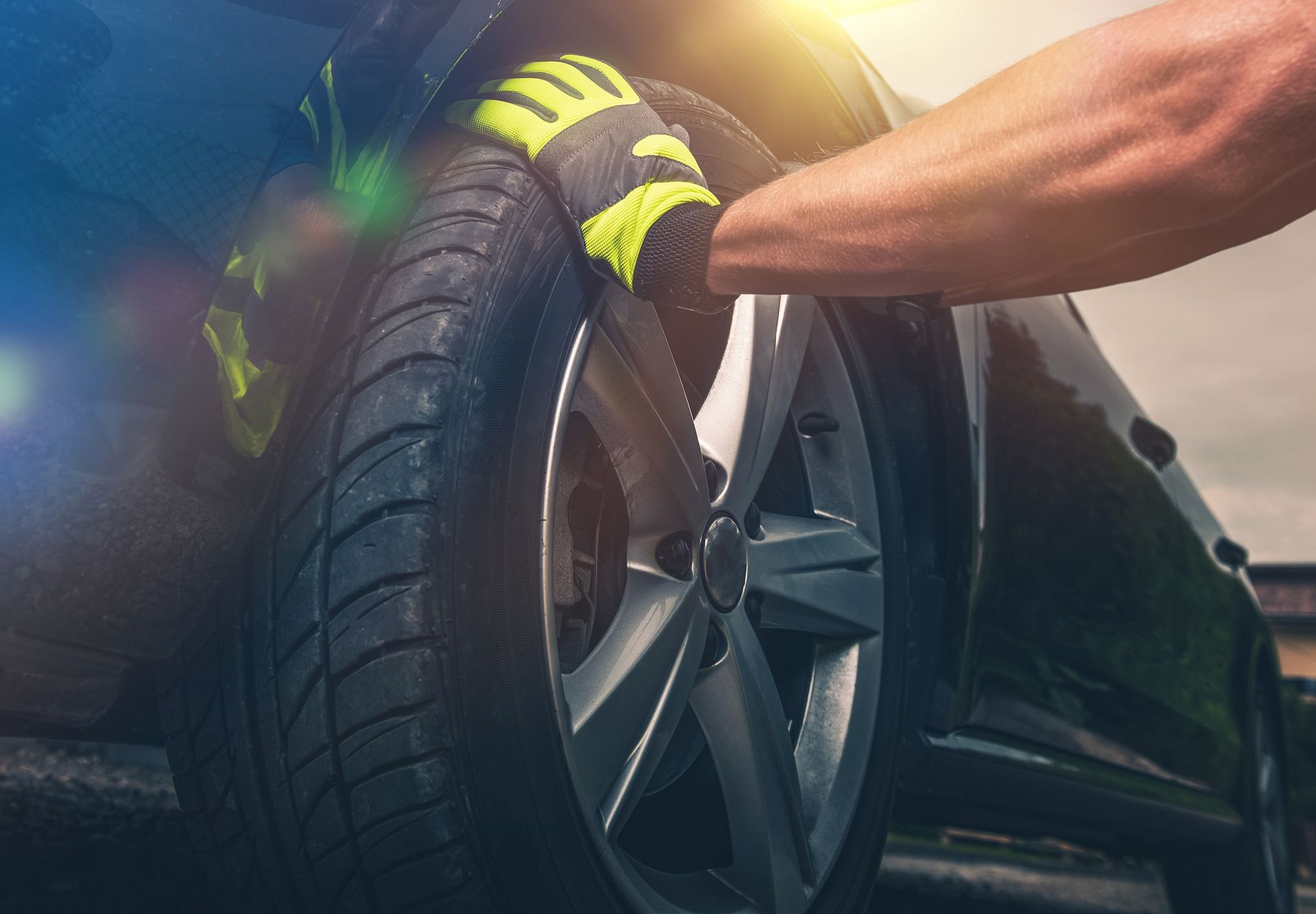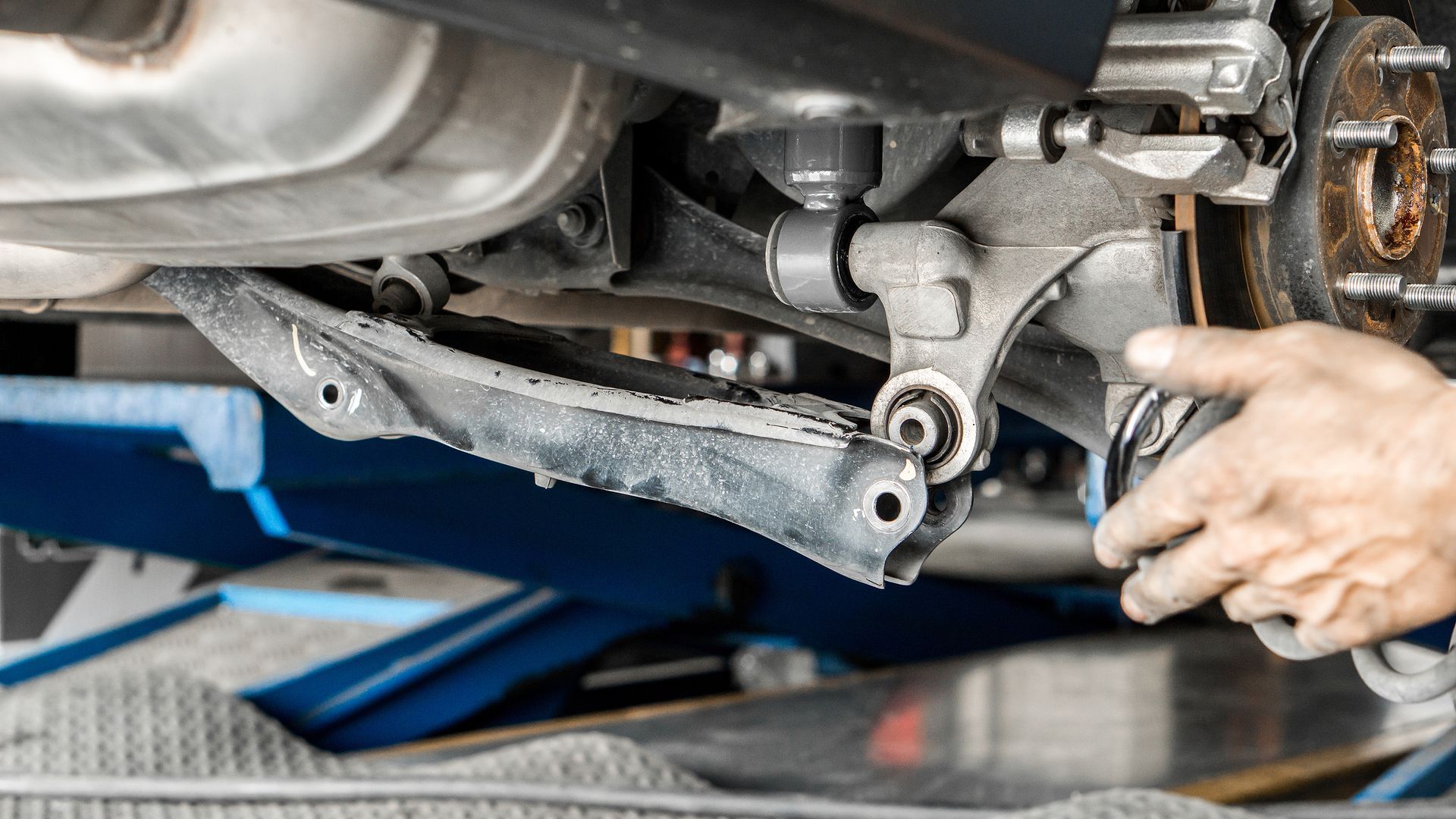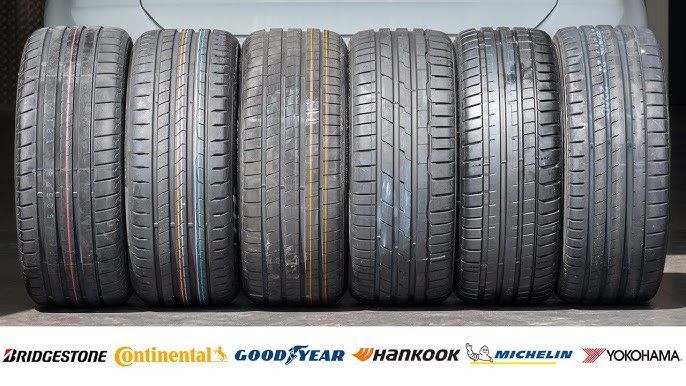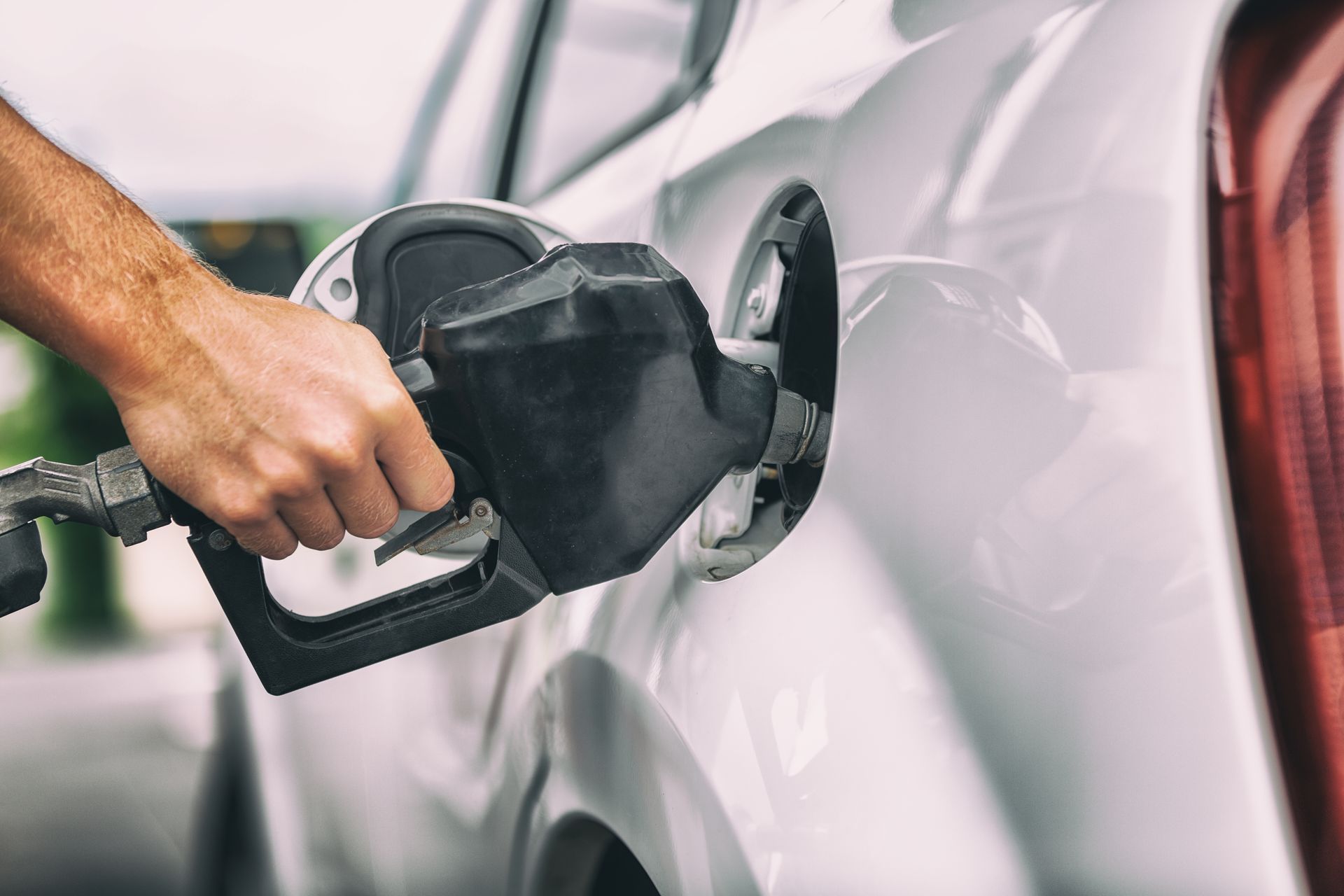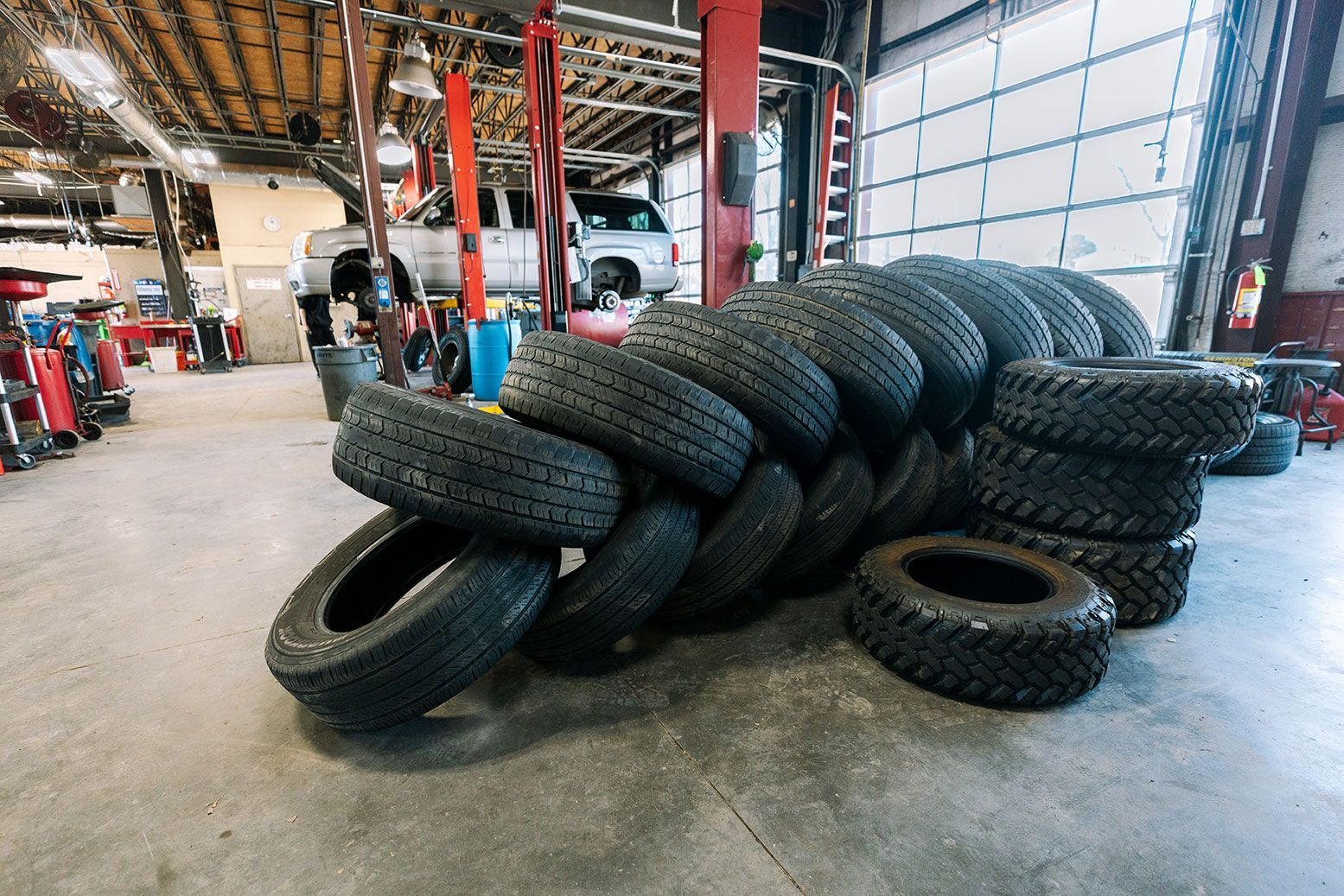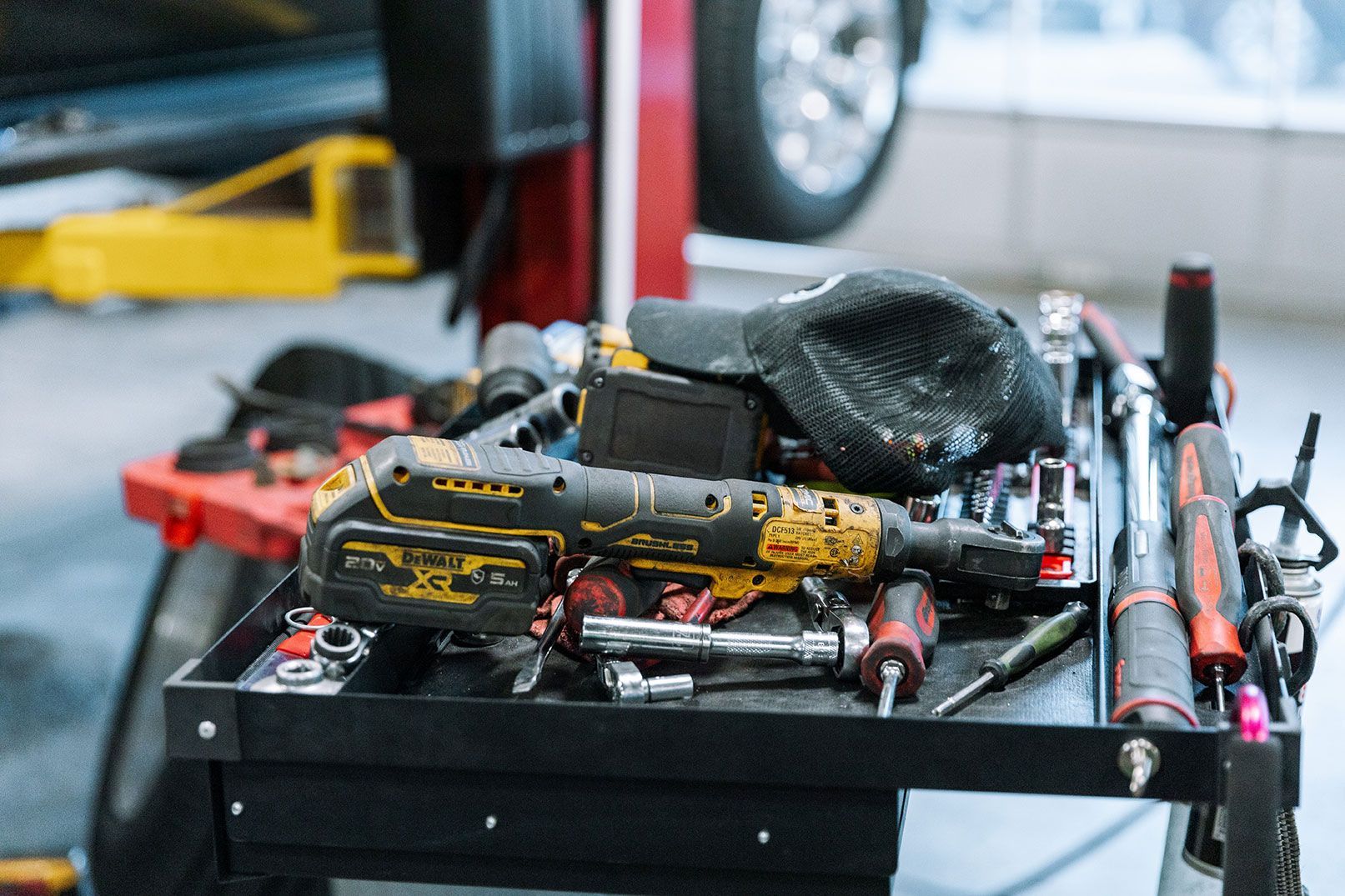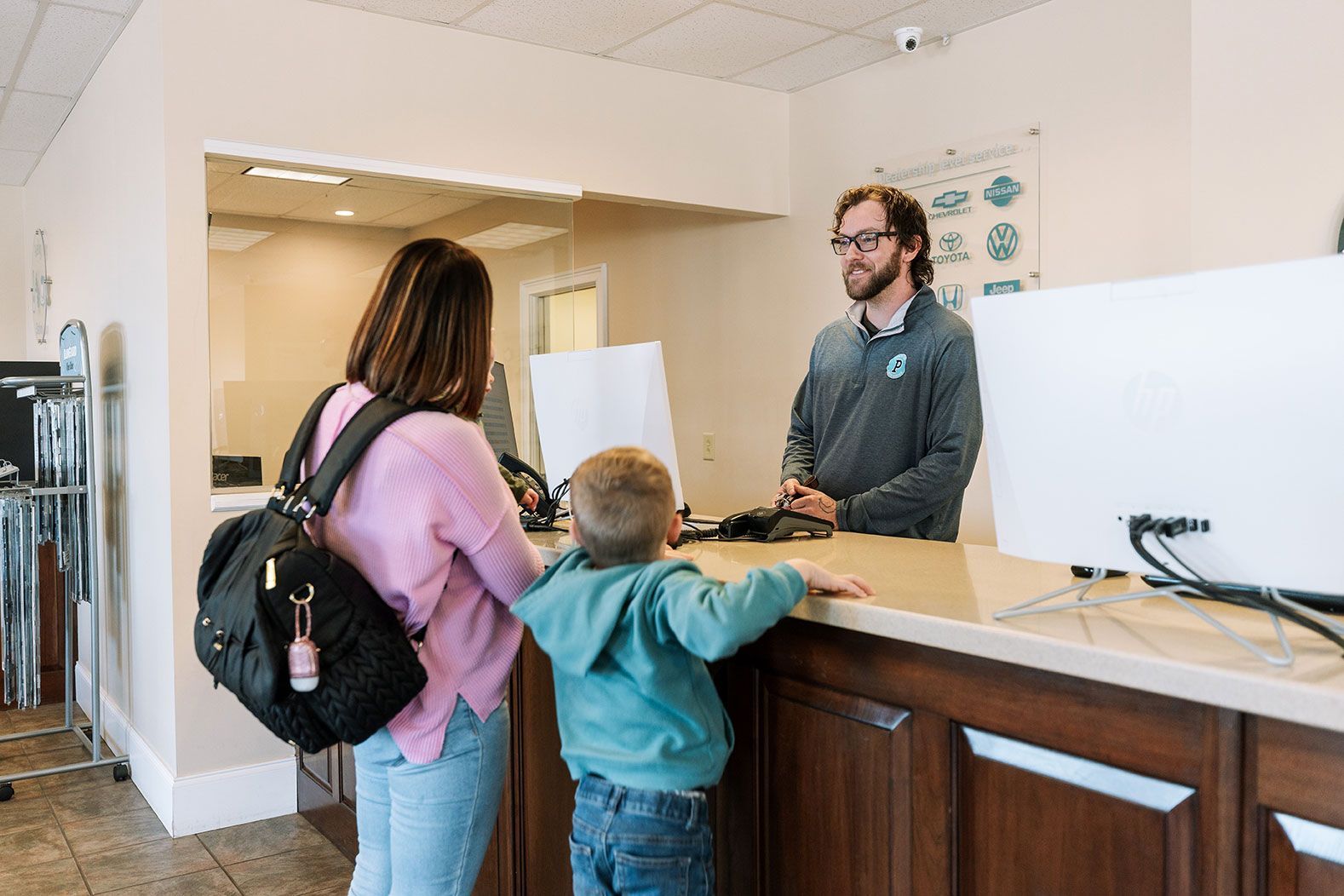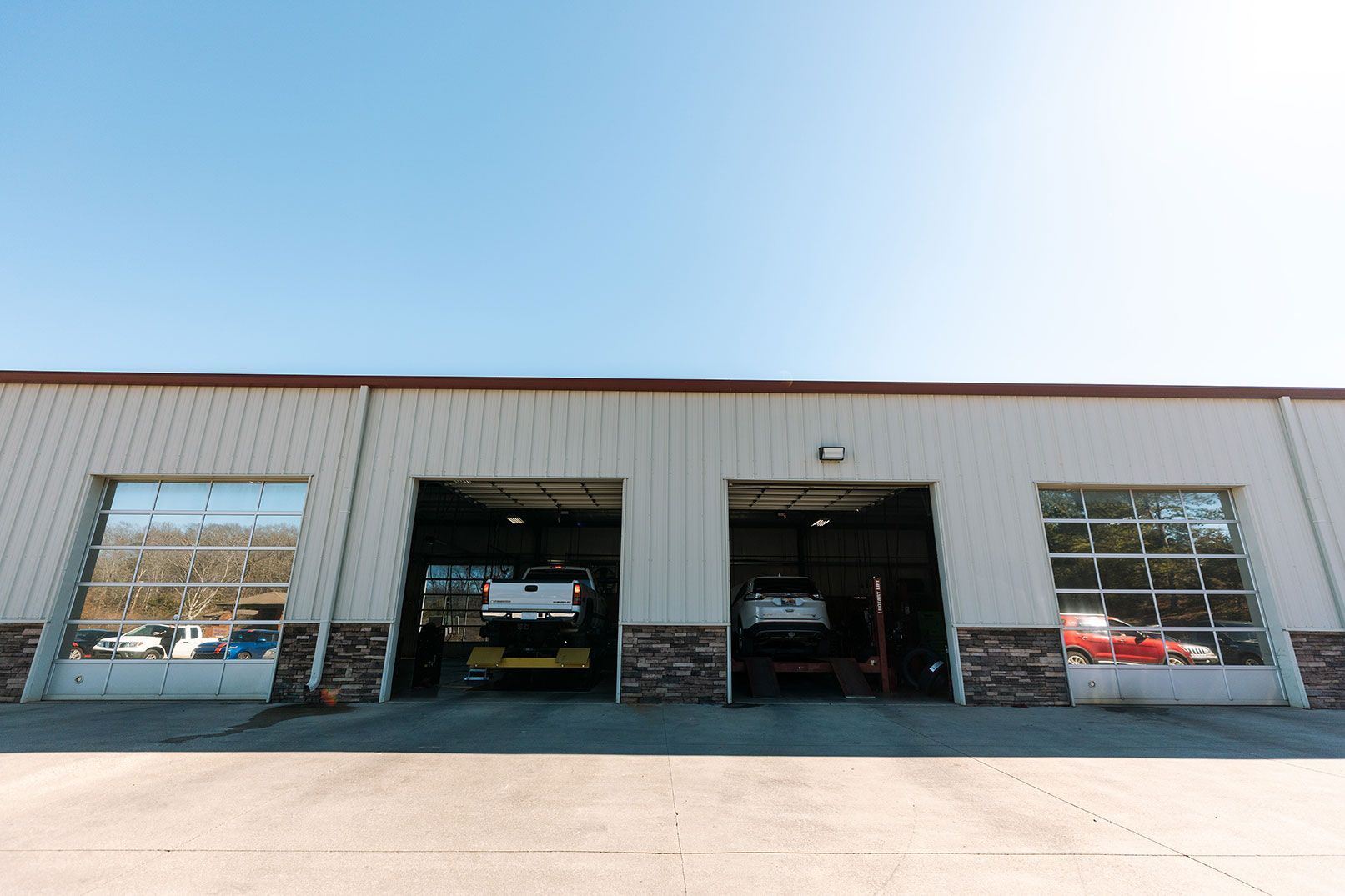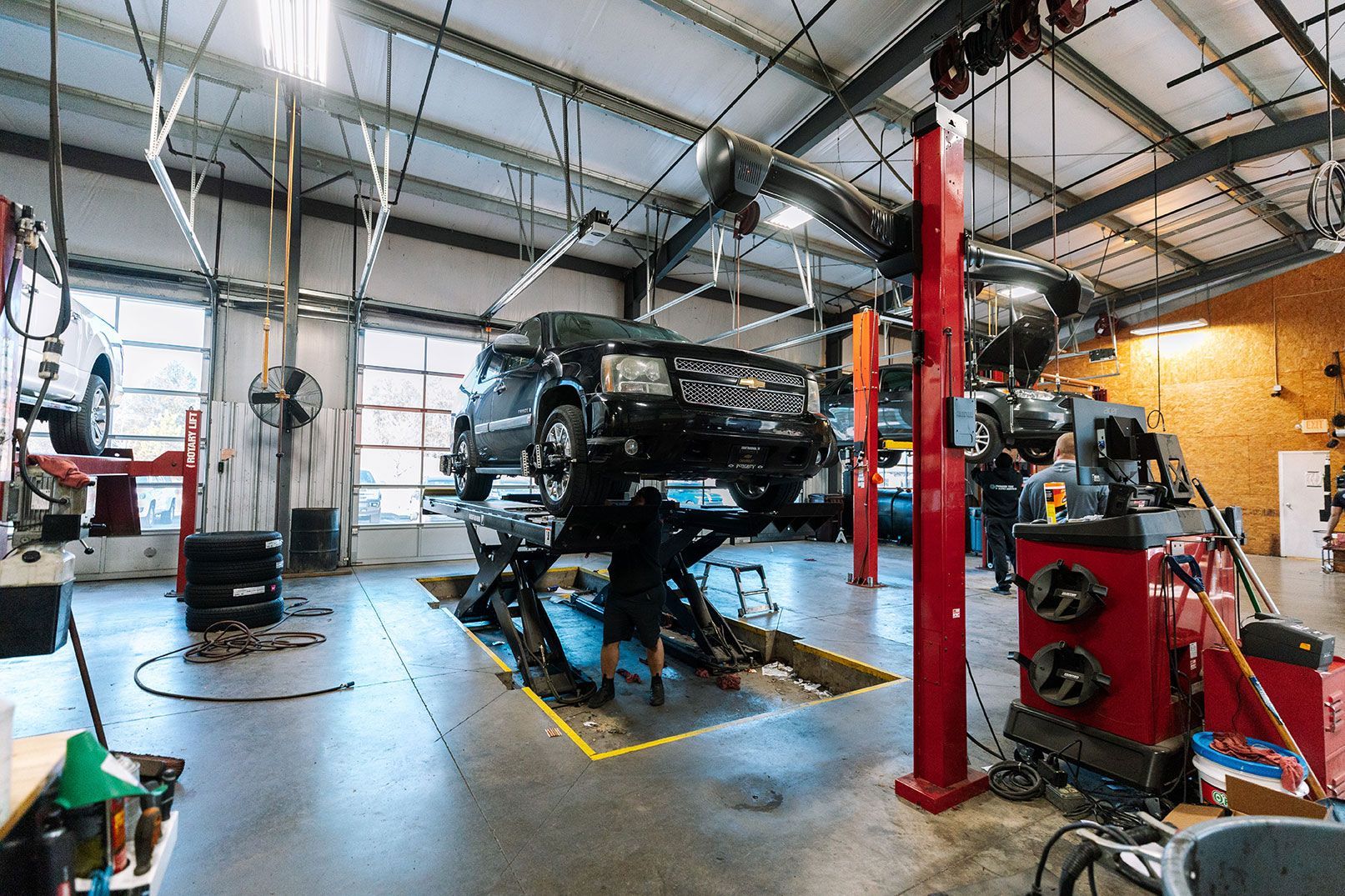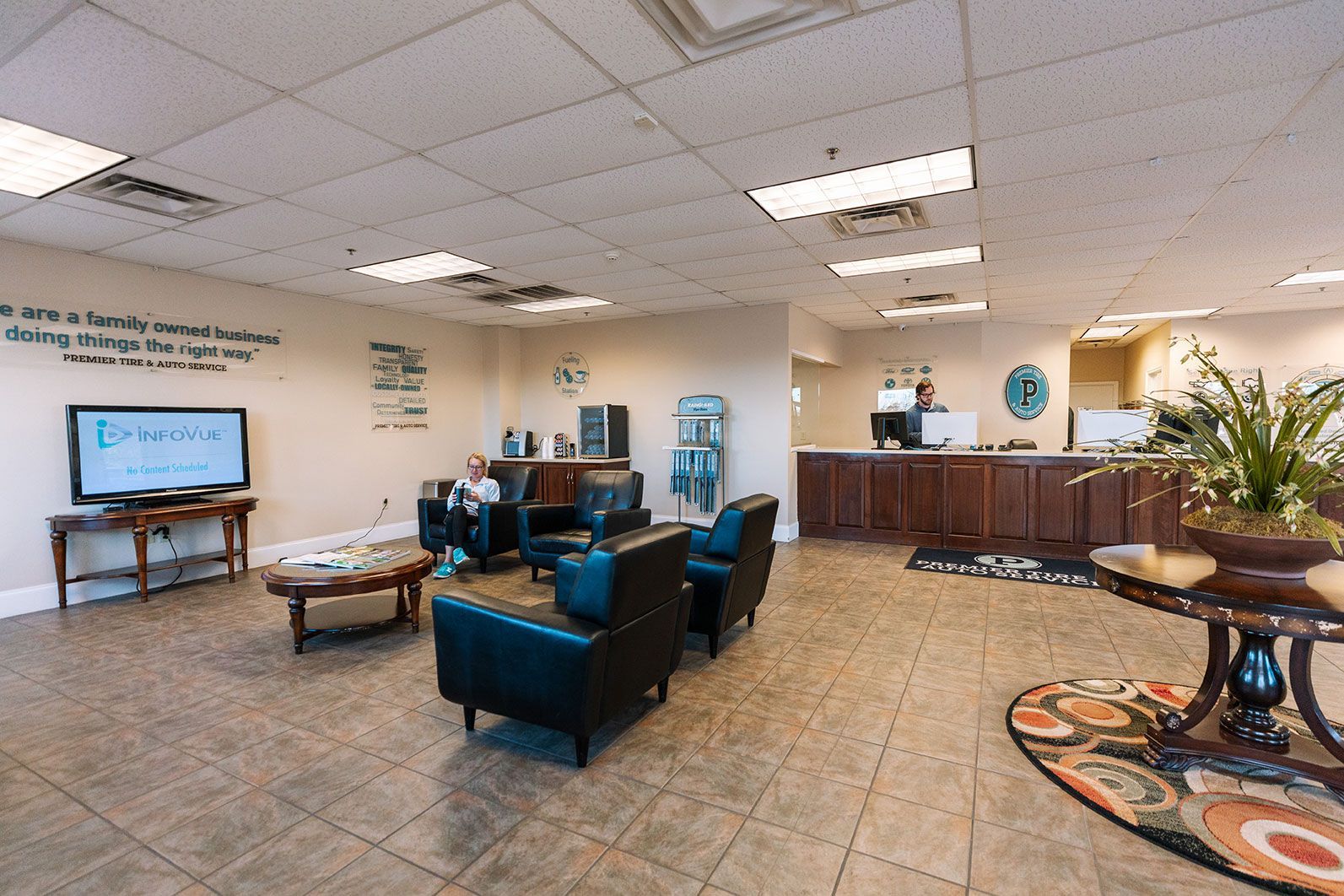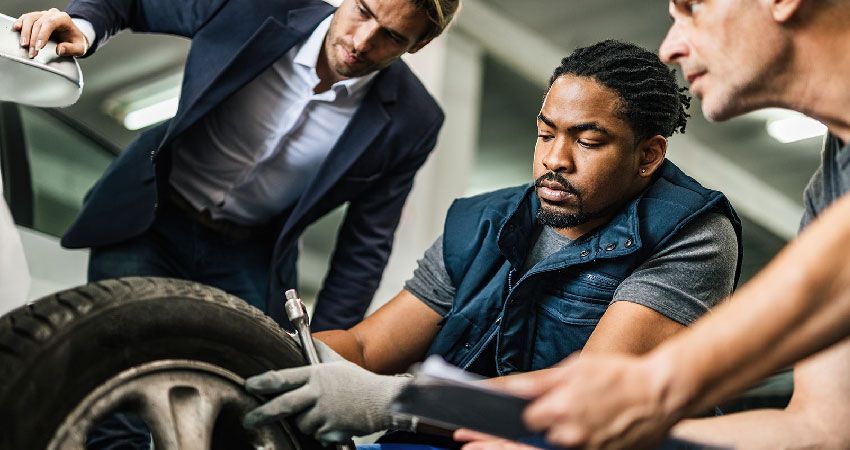
The cornering and rolling forces on each of your tires are different. If you have a front wheel drive car, the power and most of the force is transmitted to the front tires while the rear tires pretty much just follow along like fixed wagon wheels. A rear-wheel drive car or truck sends power to the back while steering forces are handled by the front wheels. All-wheel drive and 4wd have their unique power, steering and cornering characteristics as well.
The point is, your front left tire is going to wear differently than your right rear tire, or for that matter, any of the other tires vary at each corner of the vehicle because of the force and friction.
Tire Rotation
The solution to this problem is tire rotation. Tire rotation involves removing your wheels and tires from the car and putting them in a different position on the car. Many times, your tire service center will take the time to re-balance the wheels and tires while they have them off the car anyway. This process of rotation and re-balancing evens out the wear patterns on each tire, giving them a longer functional life.
Generally speaking, you should have your tires rotated every 5-6,000 miles. But what if you don't? Your tires and wheels will certainly stay on the car, rolling along for mile after mile without a rotation. Why bother to have them moved around?
Well, for one, tires are expensive and failure to rotate them periodically is going to ruin them well before they reach their expected useful life. If you keep applying the same force to your tire by leaving it, say, on the right front corner of the car, you're going to see deep tread damage in the typical wear pattern for that wheel position. You may see wear on the inside edge, the outside edge, feathering on your sidewalls, a cupped shape in the center of your tread or lumpy, chopped tread.
Whatever this deep wear pattern turns out to be, once it is there it cannot be repaired or rotated to fix it. Like dentists often say, you can't brush away a hole in your tooth by being diligent.
Unevenly worn tires can be dangerous, causing your vehicle to wander or pull to the side. The cornering limit, creating enough force in a corner to break traction, will be significantly reduced which translates to poor handling when going around a curve. At the very least, unevenly worn tires are noisy and make driving tedious. And again, they can't be fixed. Only replacement will solve uneven wear issues and that can get expensive.
Now, for the good news; tire rotation and balance is very inexpensive and does not take much time. Some tire sellers even include periodic rotation and balance with your tire purchase. Tire retailers are happy when you are happy and do not want to see you in their shop complaining about your short-lived, noisy tires when the problem could have been easily avoided with a quick rotation or two.
So, the lesson here is don't skip tire rotation. As a good rule of thumb, get your tires and wheels rotated with every other oil change, or about every six thousand miles, at a good local tire service center. Your tires will stay quiet, safe and reliable much longer and will deliver better performance and handling along the way.
Recent Posts



